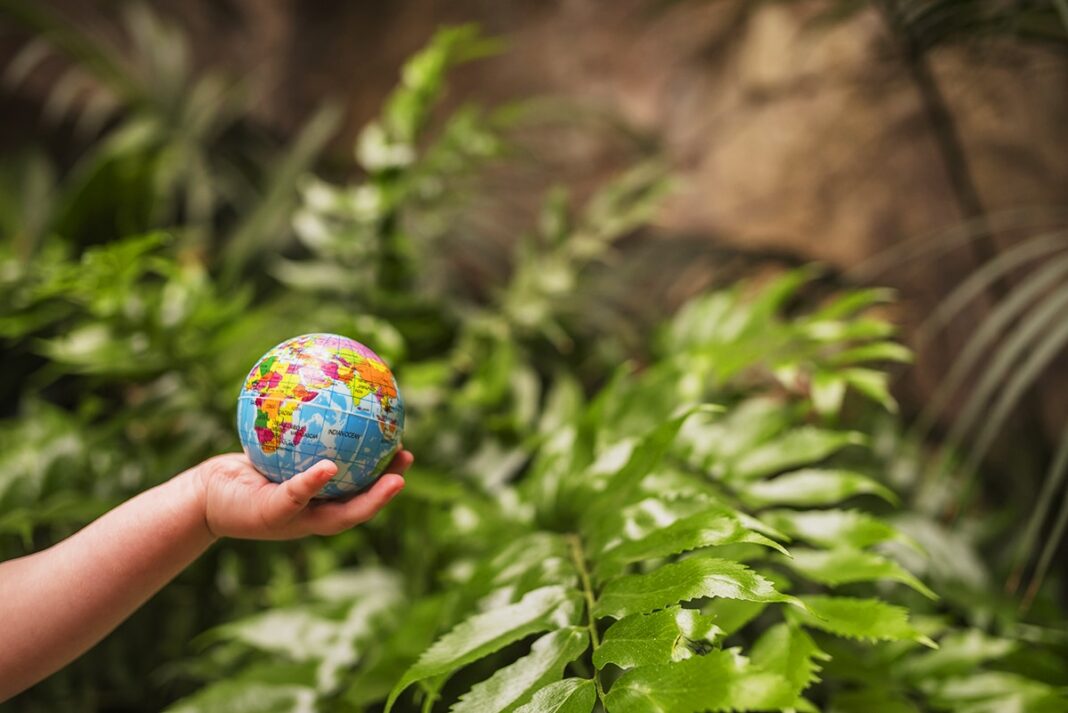It is no secret that the world is facing a climate crisis. The rate at which the planet is warming is unprecedented, and the consequences of this warming are becoming increasingly dire. From devastating wildfires to more frequent and severe natural disasters, the evidence is clear that our planet is in trouble.
While there are many factors contributing to the climate crisis, one of the most urgent needs is for environmental education. People of all ages need to understand the issues our planet is facing, how we got here, and what we can do to help. In this article, we will explore the importance of environmental education, the challenges that educators face, and some practical steps that you can take to get involved.
The Importance of Environmental Education
Environmental education is critical for several reasons. First, it helps people understand the impact that they have on the planet. By learning about issues like climate change, pollution, and deforestation, individuals can become more aware of their own behaviors and how they contribute to the problem.
Secondly, environmental education empowers individuals to take action. When people understand the issues facing the planet, they are more likely to make changes in their own lives to help address these problems. They might choose to purchase environmentally-friendly products, reduce their energy consumption, or support policies that promote sustainability.
Finally, environmental education provides individuals with the knowledge and skills they need to become advocates for the planet. This can involve anything from writing letters to elected officials to participating in protests and rallies. By raising awareness and mobilizing others to take action, individuals can make a real difference in the fight to save the planet.
The Challenges of Environmental Education
While environmental education is critical, it is not without its challenges. One of the biggest obstacles is the lack of funding and resources for programs at all levels of education. Schools often struggle to provide basic supplies and materials to their students, let alone programs that focus specifically on the environment.
Another challenge is a lack of awareness among the general public about the importance of environmental education. Many people simply do not understand how critical this issue is or how they can make a difference. This can make it difficult to generate support for the programs that do exist.
Finally, there is a need for more trained educators who can teach environmental education effectively. This often requires specialized training and knowledge that many educators do not possess. Until more resources are invested in training and professional development, this will remain a significant challenge for the field.
Practical Steps You Can Take
Despite these challenges, there are practical steps that individuals can take to get involved in environmental education. Here are a few ideas:
– Support environmental education programs in your community. This might involve volunteering at a local school or community center, donating supplies or resources to a program, or attending events and workshops related to the environment.
– Educate yourself on environmental issues. There are many resources available online or in your local library that can help you learn more about topics like climate change and pollution.
– Make changes in your own life. Simple things like reducing your energy consumption, using public transportation, and recycling can make a difference. By modeling sustainable behaviors, you can inspire others to do the same.
– Advocate for environmental policies. Call or write to your elected officials to express your support for policies that promote sustainability, such as renewable energy initiatives and conservation efforts.
Summary
Saving our planet starts with education. By increasing awareness and understanding of environmental issues, we can empower individuals to take action and become advocates for the planet. While there are challenges to environmental education, practical steps can be taken to get involved and make a difference. Whether it is supporting local programs, educating yourself on environmental issues, making changes in your own life, or advocating for policies that promote sustainability, there are many ways to get involved in the fight to save our planet.





